Many will agree that restructuring is the last thing one wants to do when running a business of any size. Whether at one end of the spectrum at a simple role or departmental level through to “organisational restructuring” in its fullest sense, the process is fraught with challenges and costs with objectives to follow hopefully within meaningful timescales.
This topic is a very old classic as any Google search will testify. With that in mind, it is very easy to drown in the advice on offer, and to end up overwhelmed. We are not going to try to resolve that here. On the contrary, rather than add to it, we just intend to highlight a few points to consider before on embarking on you search for ideas and support when restructuring.
There are three issues we want to highlight.
Adopt a risk perspective
As we suggest below, the range type and impact of issues that can undermine your restructuring efforts, is potentially limitless.
We have highlighted a few based on our experience and those that have a “human factor” which we know are often the most challenging.
The key issue is that even if lists such as these are not created formally but exist anecdotally in the collective minds of the exec and senior management, the response should be couched in risk management terms.
Risk management as a discipline in its own right and we will not go into that here. It is well established across key areas from the five “Ps” (People, Principles, Process, Practices, and Perceptions) to many others with Finance, Market and Competition often being top in cross-sector surveys.

The main point we want to make here, is that adopting a risk management approach not only engenders all of the principles of the discipline but also with it, a new language and subsequent debate. Importantly note that the term risk is pejorative (and indeed we illustrate this below).
However, most up to date risk practitioners ensure that the negatives in discussions and debates are balanced with due weight given to the positives and benefits.
In summary, ensuring your restructuring includes the key elements of a risk framework (Risk Identification, Measurement, Mitigation, Reporting and Monitoring, and Governance) will improve the odds of your project being successful. Note too that we advocate proportionality.
The contents for a revamp of roles in a small team or department etc., will look relatively simple. The contents for restructuring as a result of a merger or take-over, will look very different and relatively complex.
Our main argument is that the thinking is conducted with appropriate input into the restructuring decisions.

Emphasise the risk assessment
Four words summarise the key: understanding, proactivity, involvement and measurement. Ensure you really know what you are up against. Address challenges and issues on the front foot and talk, talk, talk (especially to those affected most).
While the financial and legal issues are often the drivers in assessing restructuring risks, we all know that it is the attitudinal “resistance” factors that make or break the overall success of any change. Finally, ensuring the right metrics seems obvious but is often overlooked (assuming that overall headlines are enough).
We argue that the missing part we see most often here is the absence of a way of identifying and addressing emerging risks. Restructuring processes often fall foul of the latter and not just those identified at the onset.
We also argue that any risk assessment should incorporate the takeaways from previous business restructuring projects. Here too, it is surprising how short corporate memory can be.
See it through beyond “the end”
Many of us with project experience know that “it’s not over when it’s over”. As the restructuring process focus starts to mature, those involved in running it start to think about their next challenge while keeping the project going to final closure.
However, we also know that the most successful projects are characterised by a focus after this. While the jargon “benefits realisation” is easy to say but hard to maintain in practice, the term encapsulates the point nicely. If focussed on little else, it is the people factors that should be the main focus here in realising the benefits from the restricting.
It is not just an extension of the comms process to inform progress. It is there to fine-tune, address emerging issues, reassure, track real-life experience of the restructuring and, of course, to feed into the metrics. Our recurrent lesson here, is not to underestimate the “human touch” needed.

Restructuring risks
There are plenty but here are the ones from our perspective.
- Prioritising intuition and experience over measurement and insight.
- Dismissing morale and similar topics as “soft”.
- Underestimating the impact on workflow (and therein, time, cost, distraction etc.).
- Letting communication become misaligned or broken.
- Under (or over) estimating change capability within the business.
- Failure to properly understand the challenges and the role of people to tackle them.
- Loosing sight of the benefits and not capitalising effectively on opportunities.
- Confusing employee agreement (and even participation) with engagement.
And finally…
Anyone who has run or been part of almost any restructuring will tell you that the pay-offs need to be clear, aligned to overall commercial objectives, entail a meaningful understanding of “what does this mean for me (or us) at all levels and, a practical visible difference in the form of tangible improvement.
We argue that the chances of this being achieved are greater adopting a risk perspective and due focus on the people and performance issues.
About The Author

Dr. Steve Sloan is an acknowledged leadership expert and consultant who has over 20 years’ experience advising clients globally.
He can be contacted via email or by calling 07585 548420



